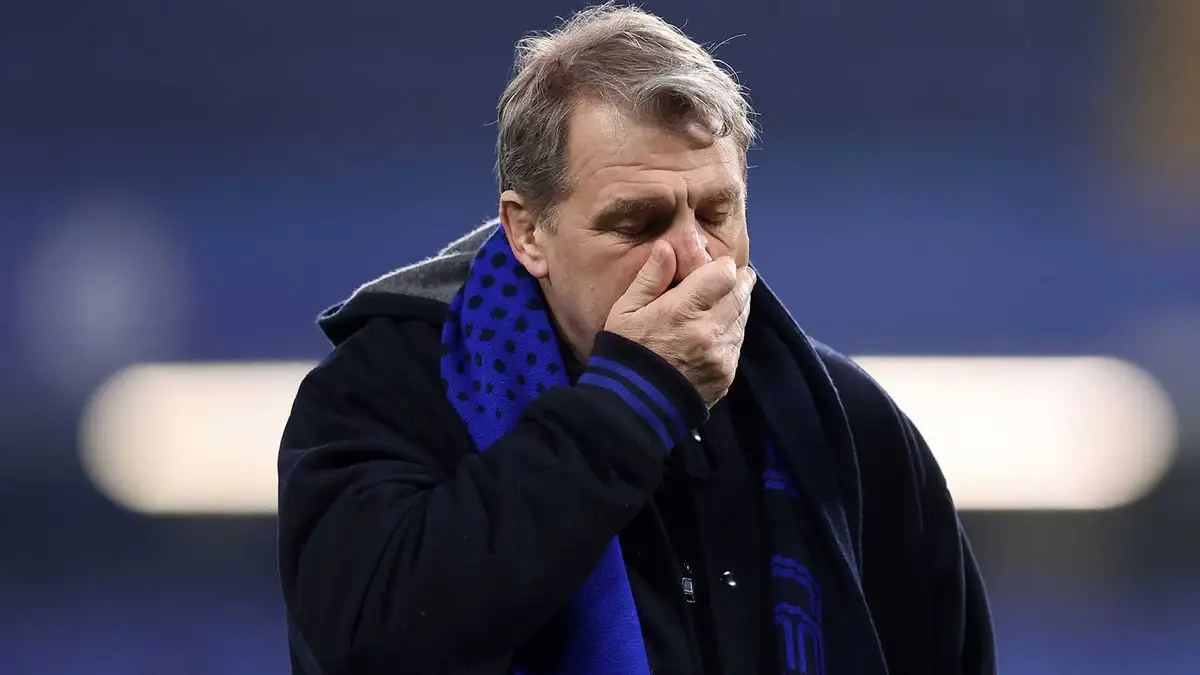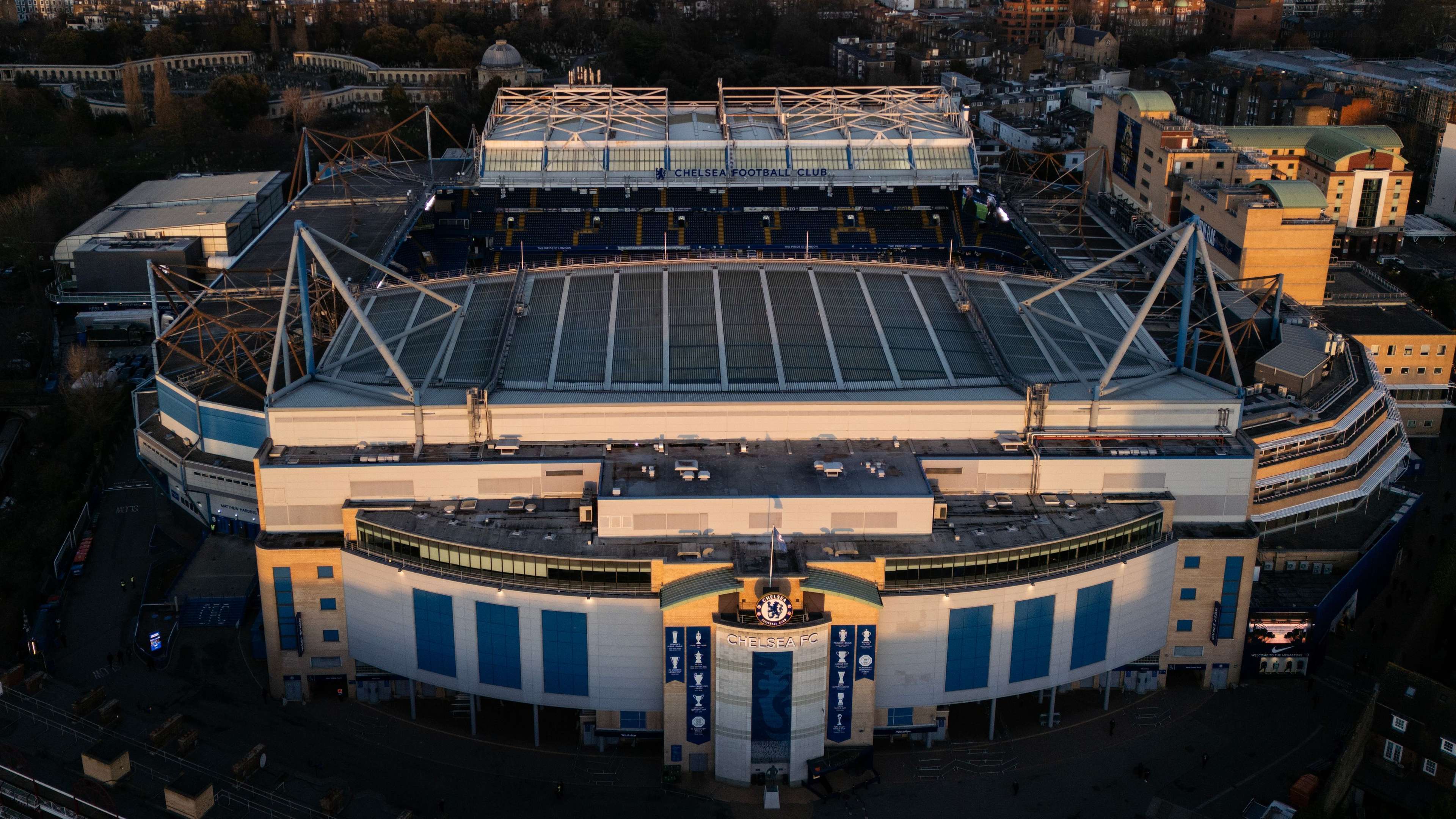
Chelsea’s New 60,000-Seater Stadium Plans Hit by More Delays
‘Spiralling’ Construction Costs Deal Fresh Setback to Todd Boehly’s Vision
For a club that has never shied away from ambition, Chelsea’s dreams of a state-of-the-art 60,000-seater stadium have run into yet another brick wall — and this time, the obstacle is as financial as it is logistical. Rising construction costs, described as “spiralling” by those close to the project, have forced the Blues to once again pump the brakes on what was supposed to be a transformative development for the West London giants.
What Happened?
According to reports, including confirmation from Chelsea Pitch Owners chair Chris Isitt in a recent email to supporters, the club has yet to present any official stadium plans for approval. While the idea of a bigger, bolder home has been discussed at length behind closed doors, the reality is proving far more complicated.
The estimated cost of the project has now soared well beyond the £1.75 billion ($2.3 billion) initially earmarked. With inflation stubbornly high and the global construction industry facing price hikes on everything from steel to skilled labour, the club’s decision-makers are being forced into a holding pattern.
The choice facing them is as stark as it is significant: rebuild Stamford Bridge on its current site — a move that would mean years of construction chaos in the heart of West London — or relocate entirely to a new venue.
The Bigger Picture – Why This Matters
Stadium capacity has long been a sore point for Chelsea in the modern football economy. Stamford Bridge, with a capacity just north of 40,000, feels intimate and atmospheric, but it’s also a revenue limiter in an era where matchday income is a crucial pillar of financial competitiveness.
By contrast:
-
Manchester United’s Old Trafford holds over 74,000.
-
Arsenal’s Emirates Stadium seats 60,000.
-
Tottenham Hotspur Stadium accommodates more than 62,000.
These larger capacities don’t just mean more fans through the turnstiles; they mean more corporate hospitality, more matchday spending, and a better platform to host high-profile events beyond football. In pure revenue terms, Chelsea are playing catch-up.
For Todd Boehly and his Clearlake Capital-led consortium, expanding the club’s home is not just an exercise in bricks and mortar — it’s a strategic necessity. The American ownership group has been clear since taking over in 2022: Chelsea must compete with Europe’s biggest clubs both on and off the pitch.
Did You Know? – This Isn’t Chelsea’s First Stumble
The idea of redeveloping Stamford Bridge isn’t new. Back in 2017, under former owner Roman Abramovich, Chelsea secured planning permission for a striking £1bn redesign, featuring a cathedral-like latticework of steel and glass. But political and personal factors intervened — specifically Abramovich’s visa issues with the UK government — and the project was shelved indefinitely.
When Boehly took charge, fans hoped those blueprints might be dusted off and adapted for a new era. Indeed, the current vision appears even more ambitious: not just a stadium, but an entire entertainment complex that would serve as a year-round destination.

Chelsea v Aston Villa – Emirates FA Cup Fourth Round
The Cost Problem – More Than Just Inflation
While inflation is a convenient headline, the underlying issue is deeper. Large-scale stadium projects in major cities now face:
-
Labour Shortages – Specialist construction workers are in high demand globally.
-
Material Price Volatility – Steel, concrete, and glass prices have fluctuated wildly since the pandemic.
-
Urban Development Challenges – Building in densely populated West London means dealing with local infrastructure upgrades, environmental impact assessments, and community consultations.
-
Financing Costs – Rising interest rates make borrowing billions more expensive than when the original budget was set.
Every month of delay pushes the cost higher, creating a vicious cycle that can paralyse even the most well-funded projects.
Stamford Bridge vs. New Horizons
The relocation debate is one that has quietly simmered for years among Chelsea supporters. On one hand, Stamford Bridge is steeped in history, having been the club’s home since 1905. Its location in Fulham, just a short walk from King’s Road, is a unique selling point — few top clubs can boast such a central, vibrant setting.
On the other hand, the constraints are glaring:
-
The stadium is hemmed in by railway lines and residential streets.
-
Any significant redevelopment would likely require the team to play elsewhere for multiple seasons.
-
Expanding capacity without demolishing and starting over is almost impossible.
Relocation, perhaps to a site with more space in Greater London, could solve many of these problems — but at the cost of detaching Chelsea from its historic roots. For some fans, that’s a price too high to pay, no matter how modern or glamorous the new stadium might be.
The Boehly Factor – Vision vs. Reality

Chelsea owner Todd Boehly HIC
Since arriving at Stamford Bridge, Todd Boehly has been a figure of bold moves and big spending. From record-breaking player signings to restructuring the club’s backroom staff, his tenure has been defined by ambition.
But stadium development is a different beast. Here, money alone doesn’t guarantee speed. Local government approvals, public consultations, and economic headwinds all slow the process. Even for a man used to closing multi-billion-dollar deals in Hollywood and baseball, the patience required for a project like this is a new test.
Why This Delay Hurts
From a footballing perspective, every season that passes without stadium expansion is another year Chelsea falls further behind in the matchday revenue race. In the era of Financial Fair Play, where clubs are judged on their ability to generate their own income, this is more than an inconvenience — it’s a competitive disadvantage.
Commercially, the timing is also frustrating. With the Premier League’s global appeal at an all-time high and demand for tickets consistently outstripping supply, the market conditions for a bigger stadium are ideal. Chelsea’s inability to capitalise on that demand risks leaving millions in potential revenue on the table.
What’s Next for Chelsea?
Before any bulldozers arrive, two critical decisions must be made:
-
Redevelop Stamford Bridge or Move? – This will shape the club’s identity for decades.
-
Secure Funding – Whether through private investment, naming rights deals, or external financing, Chelsea will need a robust financial plan to weather the cost surges.
Once those decisions are made, formal proposals can be submitted to local authorities. Until then, Stamford Bridge’s modest capacity will remain both a point of charm and a source of frustration.
Final Thoughts – A Project on the Clock
Chelsea’s new 60,000-seater stadium plans may still come to life, but each delay tightens the squeeze on Boehly’s grand vision. In football, timing is everything — and while the club’s ambitions are clear, the financial and logistical realities are proving harder to conquer than any opponent on the pitch.
The question now isn’t just when Chelsea will get their new home, but whether the club can navigate the complex web of costs, politics, and fan sentiment in time to make it count in this era of football’s financial arms race.






































There are no comments yet. Be the first to comment!